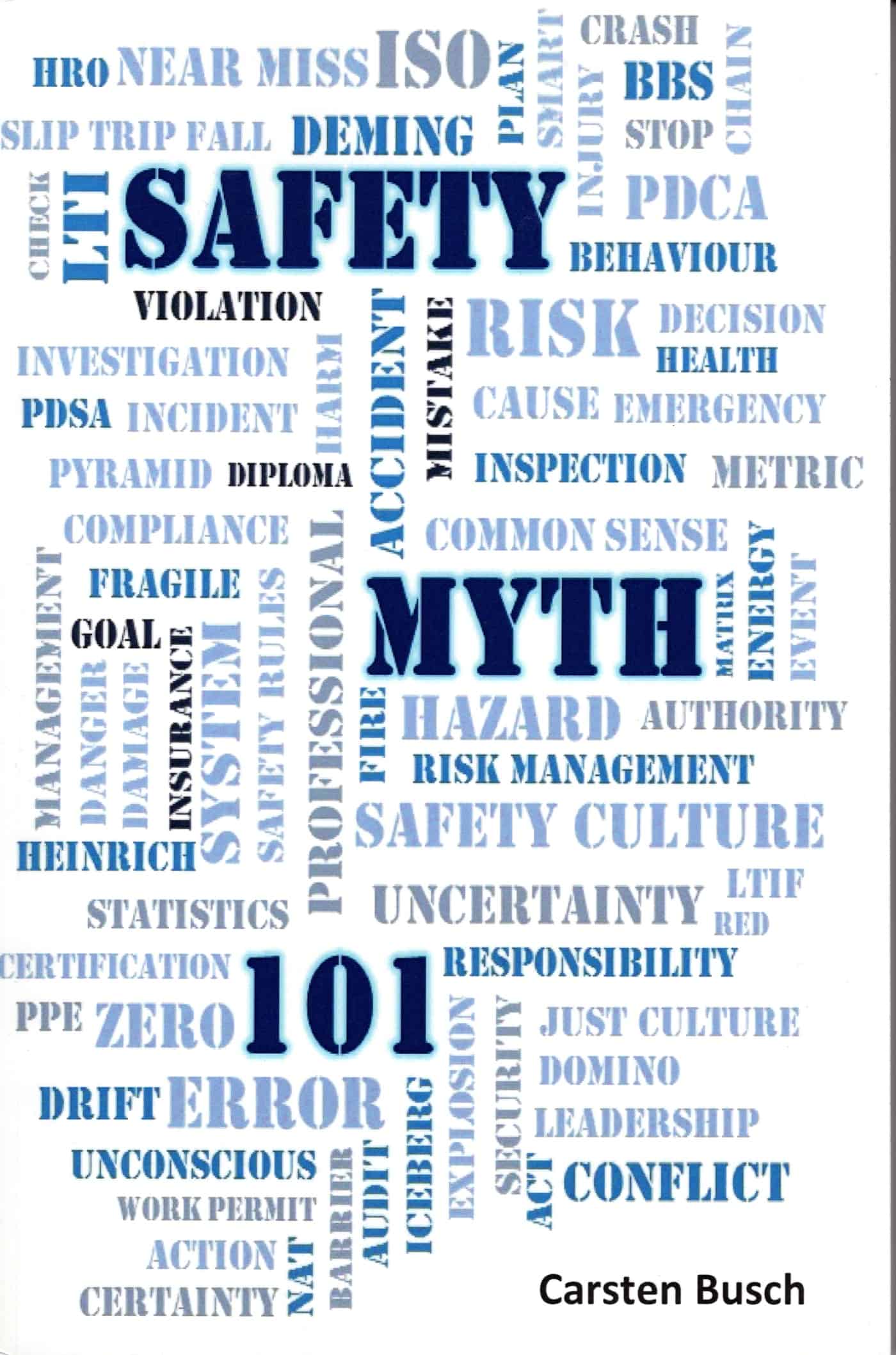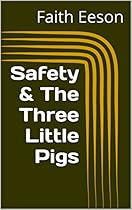 Recently SafetyAtWorkBlog reviewed a safety book of terrific content but poor presentation. Last week I received an Australian book which presented different issues. “Risky Conversations – The Law, Social Psychology and Risk” has been written by Dr Robert Long, lawyer Greg Smith and consultant Craig Ashhurst and is the fifth in a series of books about risk. The title is accurate as the book is essentially a transcript of conversations between the authors but reading is complicated by videos of these conversations also being available on-line through a password available to purchasers of the book. The authors seem to have tried to do too much with the information they have.
Recently SafetyAtWorkBlog reviewed a safety book of terrific content but poor presentation. Last week I received an Australian book which presented different issues. “Risky Conversations – The Law, Social Psychology and Risk” has been written by Dr Robert Long, lawyer Greg Smith and consultant Craig Ashhurst and is the fifth in a series of books about risk. The title is accurate as the book is essentially a transcript of conversations between the authors but reading is complicated by videos of these conversations also being available on-line through a password available to purchasers of the book. The authors seem to have tried to do too much with the information they have.
Format and Marketing
Freelance writers in this new world of computer technology and social media are advised to maximise their media opportunities when attending a conference or interviewing someone. An interview can be recorded for its video and its audio. The interview could be photographed and the audio could be transcribed. All of these formats can come from a single interview. It seems that Long, Smith and Ashhurst have followed these opportunities by writing a book and producing videos of a three-way conversation recorded over several days but why offer both media formats to the book’s purchasers, when the information is the same? Why incur the cost of videoing a conversation that could have been conducted over a teleconference?
One reason may be that Long is much in demand as a speaker at conferences and an adviser to companies that are looking for a fresh way to look at safety management, and he cannot be everywhere. Andrew Hopkins undertook a similar option when he partnered with FutureMedia in the wake of his successful book on the Longford disaster.
The package of information may be confusing but is the content of the book any good? Reading transcripts can be difficult, even edited and cleaned transcripts as are found in this book. Interview transcripts are usually easy because there are only two voices, including the interviewer, the thread of the conversation is clear and the format is familiar. This book’s transcripts are more difficult to follow even though there is a good amount of facilitation and the conversation diversions are minimised. The book hopes to get its own tone after a while but never seems to establish its own personality.
The information in the videos is a little easier to follow as the three voices are represented visually. The viewer hears the three personalities and accepts the three perspectives. The book tries to unify or harmonise the voices, or perhaps it is the mind of the readers that does this, but reading the book requires a great deal of attention.
The previous safety book referenced above, written by Carsten Busch, had an enormous amount of footnotes and references. The level of detail was appreciated but the book format did not seem to suit it. Long, Smith & Ashhurst prefer annotations to footnotes and this book reads better for it. The annotations sometimes explain a concept where an explanation in the conversations would have interrupted the flow. Sometimes they include hyperlinks for more information. These are not quite text boxes but they are reminiscent of the boxes used so successfully in the Dummies series, though without the bomb symbols and thumbs-up. Annotations allow for the reader to leave reading these until chapter ends or the whole book.
Another advantage is the format required for annotations also leaves plenty of space for the reader to include their own annotations.
Wickedity?
Sometimes the book sounds like a panel discussion of three academics who are very enthusiastic about the topic. And it is easy to have this wash over the reader. But annotations help pull this back to attention. For instance, Long encourages Ashhurst to talk about “Wicked Problems”, the apparent topic of Ashhurst’s PhD. The annotation provides a brief explanation:
“The idea of ‘wickedity’ and ’emergence’ are critical concepts for understanding dialectic and paradox in tackling risk.
The very act of seeking certainty and control by fallible people for things that are uncertain sets the scene for fascinating interacts between the known and the unknown.” (page 14)
Wickedity may be a new and useful concept but the outline is not helped by creating doubt in the reader’s capability by using a verb – interact – as a noun. This forces the reader to reread the sentence to interpret something that should have been pretty clear on the first read through.
One paper that mentions wickedity reports that
“Rittel and Webber (1973) introduced the notion of wicked problems in the context of urban planning where such issues as safety, aesthetics and ease of movement within a given space represent just a few of the more intractable and unique daily challenges facing urban planners.”
The application of concepts from one discipline to another is a major tool of the occupational health and safety consultant and can provide new understandings but wickedity, even as it is expanded upon later in the book, seems to be short hand for multifactorial considerations. The concept is not new but the shortcut is.
Is it any good?
This article has not discussed the content of the book as much as was intended. Partly this is because the book covers so many interesting topics. Partly it is because so many of the conversations seem to require a good knowledge of the books that have come before.
One of the options for purchasing this book is as part of a package of five books and this is an attractive option for those coming to Long’s work for the first time. In some ways this book is like a favourite trilogy. You read each book wanting the next and when the next one comes, you want the pleasure of reading the first book again. Risky Conversations took me back to the first book which still holds the revelations about risk that the current book discusses.
Sometimes articles based on books reveal a great deal of content and identify the dominant themes. I have struggled with this article because while reading the book I felt like I was intruding on a discussion of peers or a study group. The discussion is intriguing but I was from listening from outside the circle or even listening in at the window. Perhaps it has been too long since I studied and immersed myself in the academic rather than working in the real world of applying safety, selling safety and being as creative as I can within the organisational structures I work within.
Rob Long, especially, needs to keep communicating his ideas and this book is a great addition to anyone’s safety library. By including other voices in this book, he is showing that others have embraced his thoughts and are pushing them in new directions, sometimes bizarre ones. His books deserve careful consideration or, even better, to generate discussions. It seems his thoughts demand explanation, refinement, expansion and challenge. In a way this is reflected in Risky Conversations.




 While researching a blog article I found a 1970 copy of
While researching a blog article I found a 1970 copy of